I have no intention of abandoning the blogs I write and host, but I have been exploring what I would describe as collective hosting services – Medium and Substack. I have cross-posted a few of my blog posts to Medium for about a year and recently started to add some content to Substack.
If you are unfamiliar with these services, the following information and comparisons may be helpful.
Medium and Substack are both popular platforms for publishing and reading content, but they have some key differences:
1. Content Type:
• Medium: Medium is a platform that hosts a wide range of content, including articles, blog posts, essays, and stories. It allows writers to contribute to publications or create their own personal blogs.
• Substack: Substack is primarily focused on newsletters. It’s designed for writers to create and monetize their newsletters, which can include a mix of written content, audio, and other media.
2. Monetization:
• Medium: On Medium, writers can earn money through the Medium Partner Program, which allows members to read exclusive stories by paying a monthly fee. Writers receive a portion of the earnings based on the engagement their stories generate. A membership in Medium is $50 for the year.
• Substack: Substack offers a subscription-based model, where writers can charge a fee for access to their newsletters. If a writer wants to be paid, they designate some of their content as requiring a subscription. Readers who subscribe to read the content of individual authors pay $5 per month/$50 per year for each subscription. Subscribers get access to exclusive content, and Substack takes a percentage of the subscription revenue.
3. Ownership and Control:
• Medium: Writers retain ownership of their content but grant Medium a non-exclusive license to publish it on their platform.
• Substack: Writers retain full ownership and control of their content on Substack, which means they can export their subscriber list and move to a different platform if they choose to.
4. Community and Discovery:
• Medium: Medium has a larger built-in community, making it easier for writers to gain exposure to a broader audience. It also features curated publications that can help boost visibility.
• Substack: Substack relies more on the writer’s ability to build and nurture their own community of subscribers. Discovery on Substack often happens through word-of-mouth or external marketing efforts.
5. Design and Customization:
• Medium: Medium provides a standardized design for all posts, which maintains consistency throughout the platform.
• Substack: Substack offers more customization options, allowing writers to personalize the design and layout of their newsletters to match their branding.
Ultimately, the choice between authoring on Medium and Substack depends on the type of content you want to publish and your preferred monetization model. If you aim to create newsletters and have more control over your content and subscribers, Substack might be the better fit. On the other hand, if you want a broader audience and the ability to publish various types of content, Medium could be the more suitable option.
I do not intend to generate content exclusive to either Medium or Substack and the content I cross-post from my blogs is shared free to both outlets. As a reader, I struggle with the Substack model. I presently have one subscription to a colleague on Substack. I pay the same amount for this single subscription as the cost of a subscription to Medium. Here is a different perspective. I can purchase approximately three Kindle books for the amount I would pay for one Substack subscription. As a reader, I simply do not see the value in Substack subscriptions. I read a lot of content and I would be spending hundreds of dollars on Substack subscriptions to access the equivalent of what I read in books by established authors. To me, Medium seems a more reasonable investment.
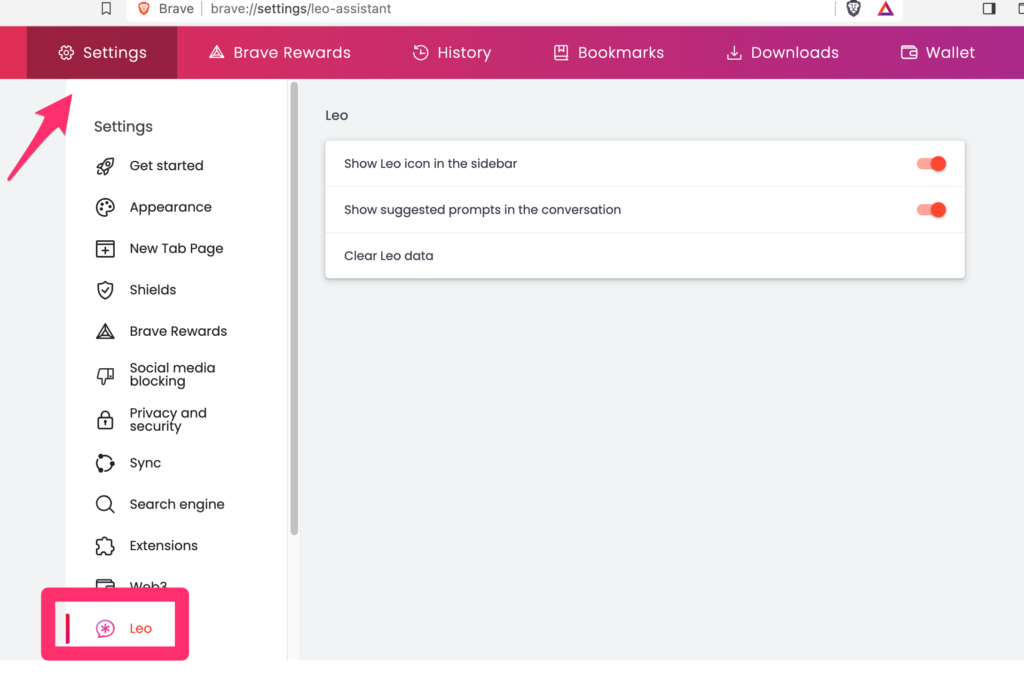
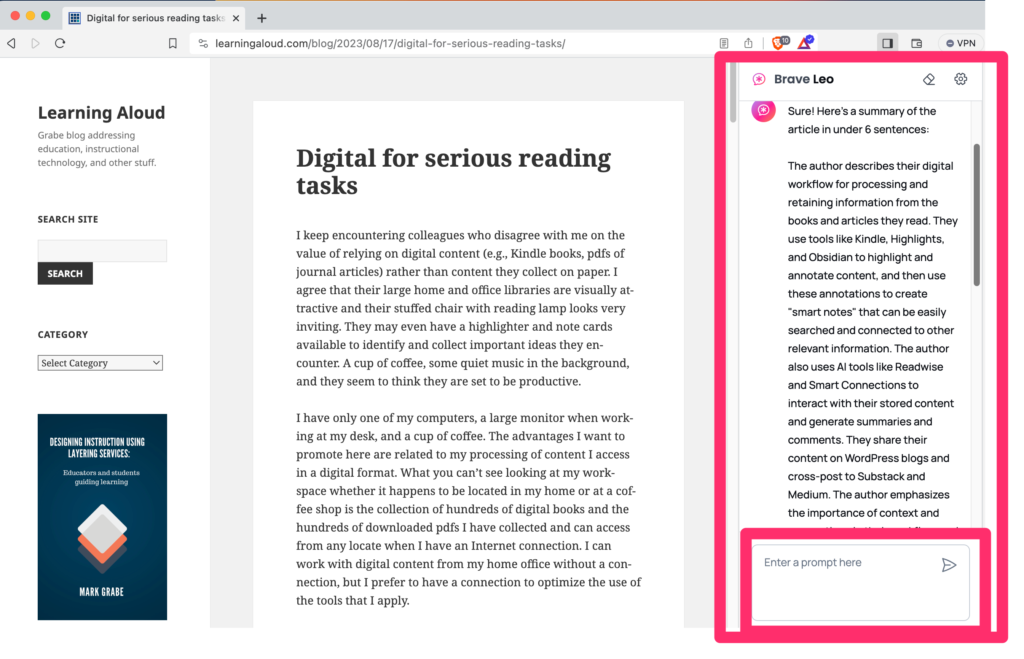

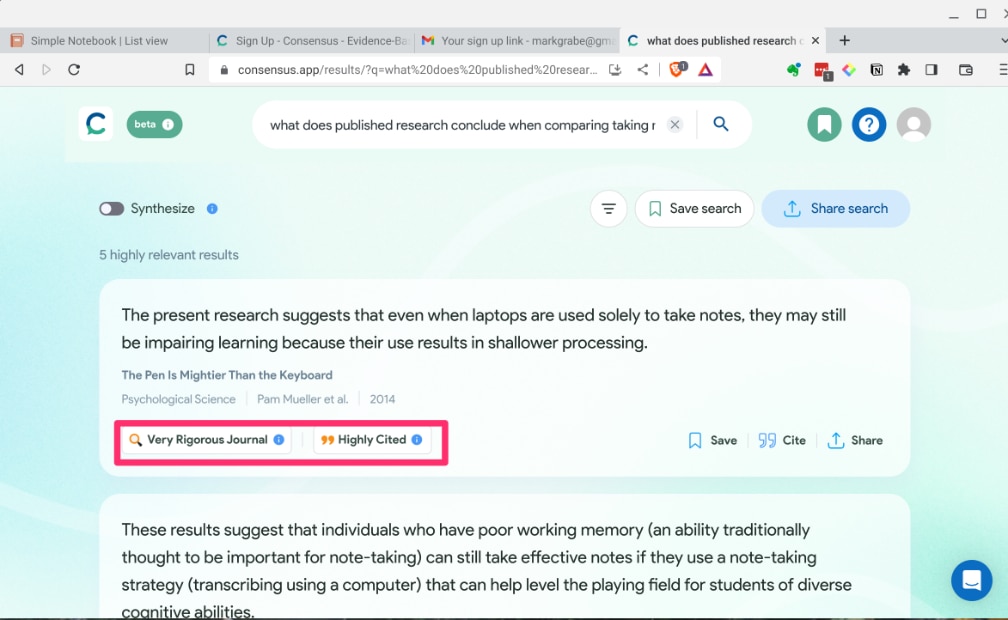
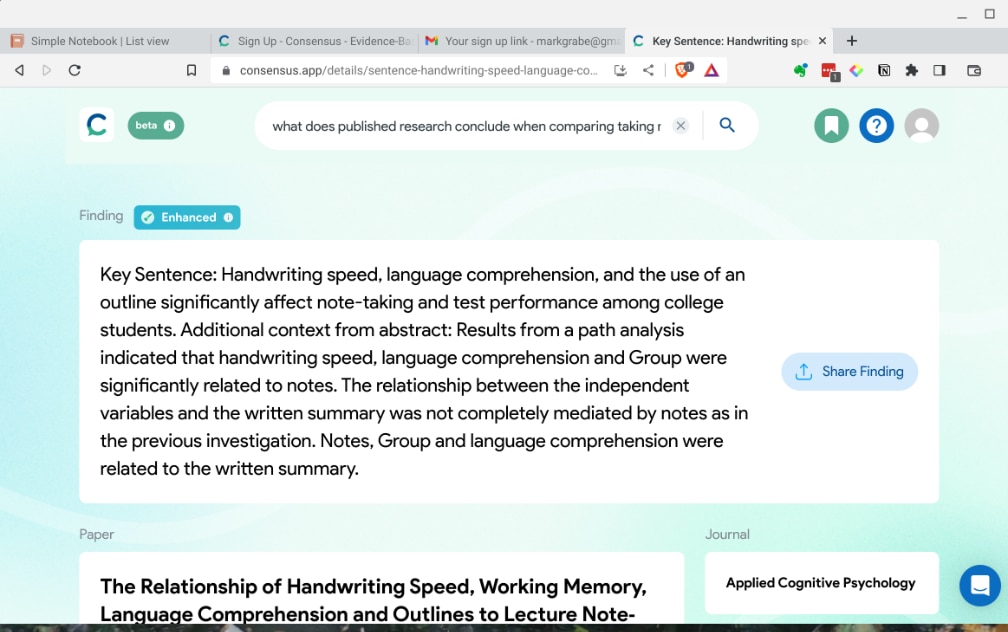
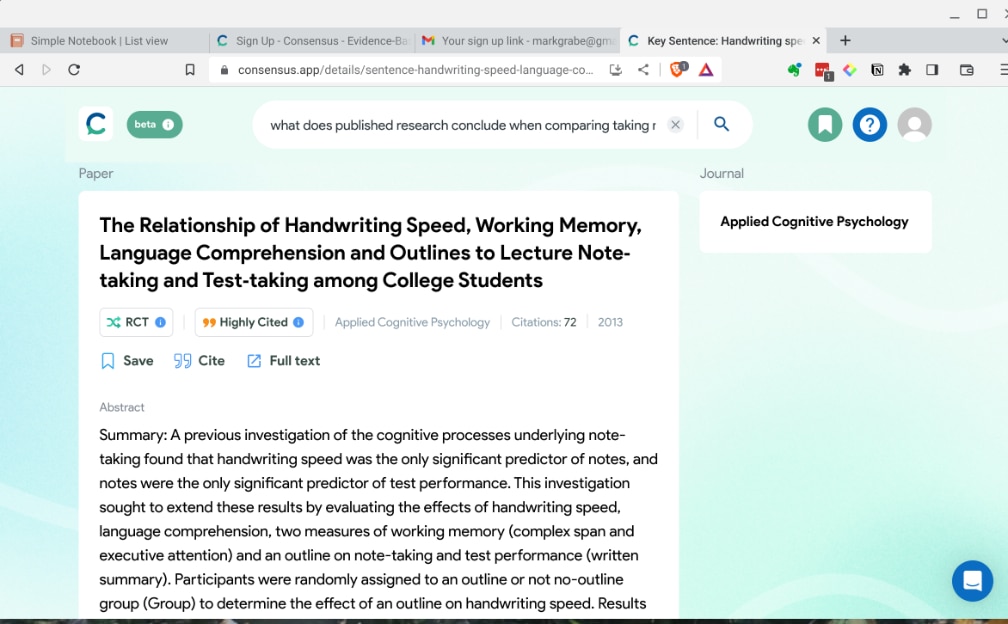






You must be logged in to post a comment.